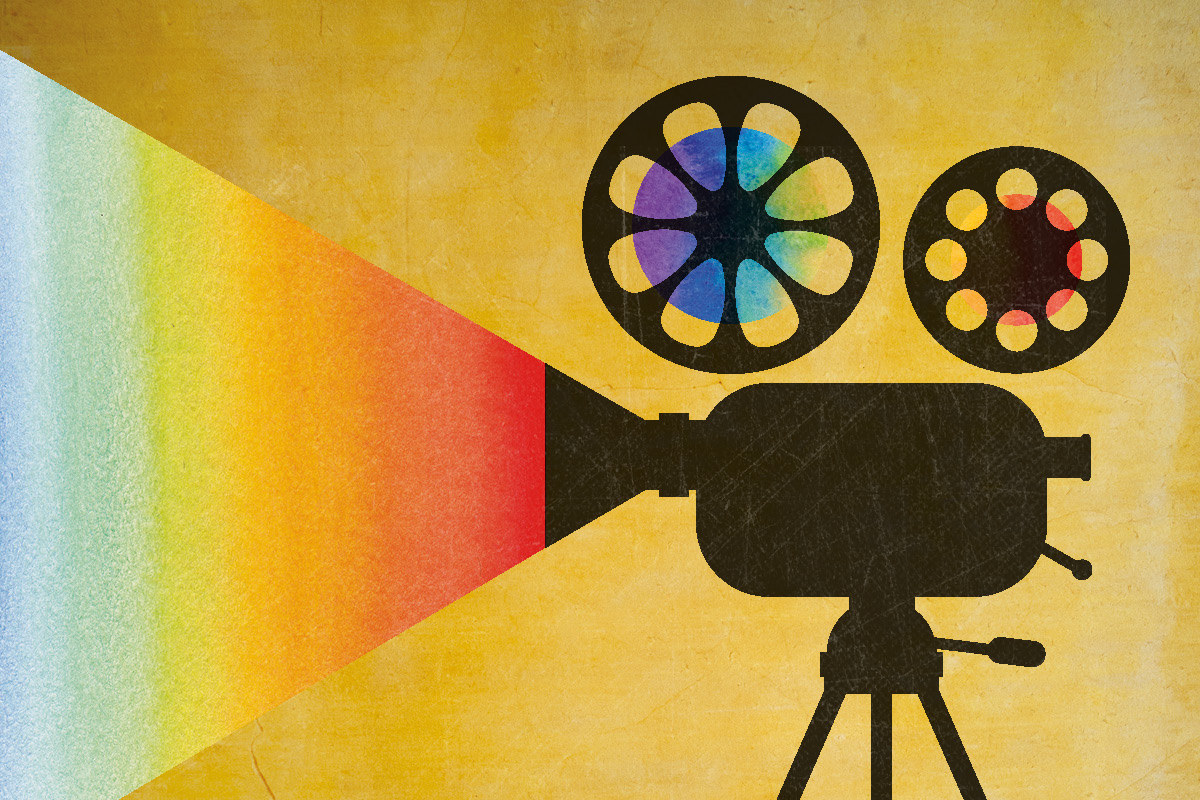There is a scene in Little Miss Sunshine in which Paul Dano’s hitherto silent character, having just had his hopes of being a pilot dashed, jumps out the moving van, runs down the embankment, falls to his knees and, at the top of his lungs, shouts the one word which will symbolise his internal reality: F***!!!!!!
Accurate symbolisation is central to the process of person-centred counselling. Rogers noted these symbolisations can take many forms, verbal and otherwise. The character’s physicality – tearing at his hair, dropping to his knees almost desperate in prayer – is as important a representation of his experience as what he says. Symbolising his experience accurately has an almost immediate emotional and physiological effect on the character. Where beforehand he felt unable to speak, his lips as sealed as his heart, afterwards his expression is liberated, spontaneous and authentic. In person-centred therapy terms, he moves from a place of incongruence to greater congruence.
This moment illustrates a central feature of Rogers’ theories of personality and therapy, which is what I’m writing about here. The idea is straightforward: the person-centred approach can help improve our understanding of movies, and movies can help improve our understanding of the person-centred approach.
Over the years, psychoanalysis has come to dominate psychological approaches to cinema. Some of the ideas in these texts have become pivotal and transcended the boundaries of psychoanalytic film theory. The term male gaze was coined by Laura Mulvey in 1975, a critic whose writing was inflected by the psychoanalytic ideas of Jacques Lacan. Some (for example Cinema as Therapy) are brilliantly researched, thought-through and written. Some (for example the work of Christian Metz) have enriched critical fields such as the study of signs and symbols (semiotics). All these works deepen the appreciation and understanding of cinema and psychoanalysis.
I want to make the case that the central ideas of the person-centred approach are equally as valuable to those interested in engaging deeply with movies, and that movies are valuable to those seeking to deepen their engagement with the approach. Practitioners have taken to BACP journals and elsewhere to acknowledge cinema’s place in their work, including David Curl’s exploration of the values and meanings of LGBTQ+ representation in cinema, and Amanda Anderson’s discussion of spirituality and death through Star Wars, among other titles. There remains a space, however, for the exploration and extension of person-centred ideas as applied to cinema; in other words, there remains a space for person-centred film theory.
From the existence of film as an art form, to the facets of genre, to production structures, characters, symbols and single, seminal lines, each layer of cinema is predisposed to person-centred analysis. As a trainee, being able to take my learning outside structured spaces and apply it to the culture around me – that is, to think, write and talk about cultural artefacts like films using the language of the person-centred approach – is invigorating. It helps to clarify, demonstrate and test theoretical concepts. It provokes animated discussion between friends and colleagues. But more than anything I think about how movies, as art, are human; it makes perfect sense then that Rogers’ ideas find themselves living in films, being, as they both are, true to humanity.
Read more...

From our website... young people
Every month we pull together a collection of resources from across the website on a topical theme. This month's focus is young people.

'Out' at the movies
Open article: David Curl presents a comprehensive review of films portraying LGBTQ+ characters and themes, that will enlighten us and inform our work. BACP Children, Young People and Families, June 2022

Blogs and vlogs 2023
News and views from members, staff and clients
